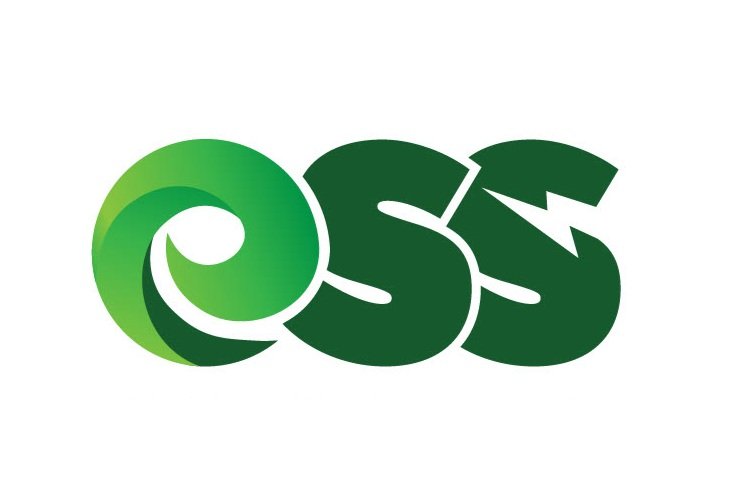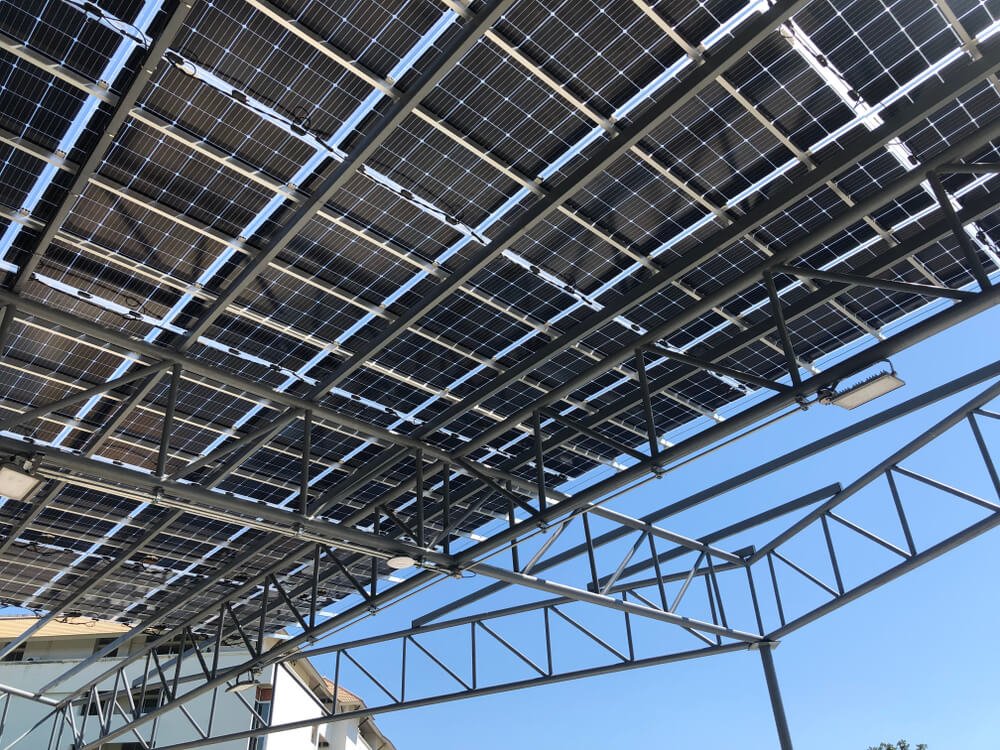Bifacial Solar Panels: The Complete Guide
Move over, traditional solar panels! Bifacial solar panels are the game-changers that harness energy from both sides. In this guide, we'll unpack the advantages and disadvantages of these dual-sided marvels, pit them against their monofacial counterparts, and delve into their design intricacies and price tag. Whether you're eyeing commercial, utility-scale, or residential setups, we've got you covered on why bifacial is the future of solar energy.
What Are Bifacial Solar Panels?
Bifacial solar panels are solar panels that can generate electricity from both sides of the panel. They are made of silicon or other materials and have a transparent backsheet that allows light to pass through and reach the backside of the solar cells. This feature enables the panels to generate electricity from both sides and increase their energy output.
Advantages and Disadvantages of Bifacial Solar Panels
Advantages:
Higher energy output. Bifacial solar panels can generate up to 30% more energy than traditional monofacial solar panels.
Improved efficiency. They can generate electricity even when there is shade or diffused light.
Durability. These solar panels are less prone to hot spots and can withstand higher temperatures.
Aesthetics. Bifacial solar panels have a sleek and modern design that can enhance the look of any building or property.
Disadvantages:
Higher cost. Bifacial solar panels are more expensive than traditional monofacial solar panels.
Installation. They require specialized installation techniques and hardware.
Cleaning. Due to their two-sided design, bifacial solar panels require frequent cleaning.
Bifacial Solar Panel Price
When it comes to the price tag, bifacial solar panels often come with a slightly higher upfront cost compared to their monofacial counterparts. However, don't let the initial investment scare you away. The dual-sided design allows for increased energy yield, meaning you'll recoup those extra dollars through higher efficiency and lower electricity bills over time. In the long run, the cost-per-watt of energy produced by bifacial panels can actually be lower, making them a financially savvy choice for those looking at the bigger picture. Whether you're a homeowner or a business, it's essential to consider the long-term ROI, not just the sticker price.
Bifacial vs. monofacial solar panels
Monofacial solar panels can only generate electricity from one side, while bifacial solar panels can generate electricity from both sides. Bifacial solar panels are typically more expensive than traditional monofacial solar panels but they can generate up to 30% more energy. Additionally, bifacial solar panels can generate electricity even when there is shade or diffused light, which makes them more efficient in certain conditions.
Bifacial solar panel design
Bifacial solar panels have a transparent backsheet that allows light to pass through and reach the backside of the solar cells. The backsheet is typically made of glass, plastic, or a combination of both. The solar cells themselves are usually made of silicon. Although, other materials, such as gallium arsenide, can be used as well.
What do Bifacial Solar Panels Look Like?
Bifacial solar panels look similar to traditional monofacial solar panels, with the key difference being the transparent backsheet that allows light to pass through and reach the backside of the solar cells. The backsheet can be made of glass, plastic, or a combination of both, and the solar cells themselves are usually made of silicon.
Bifacial solar panels efficiency
Bifacial solar panels can be up to 30% more efficient than traditional monofacial solar panels. This increased efficiency is due to their ability to generate electricity from both sides of the panel and their module’s improved performance in shaded or diffused light conditions.
Bifacial solar panels for commercial and utility-scale applications
Bifacial solar panels are increasingly being used in commercial and utility-scale solar installations due to their higher energy output and improved efficiency. These modules are ideal for large solar projects where space is not an issue, and their increased energy output can help offset the higher installation costs.
Bifacial solar panels for residential installations
While bifacial solar panels are typically more expensive than traditional monofacial solar panels, they can be a good choice for homeowners who want to maximize their energy output and have enough space to install them. Bifacial solar panels can be installed on rooftops or ground-mounted, depending on the available space and orientation.
Tariff exemptions for bifacial solar panels
In 2019, the U.S. government announced a tariff exemption for bifacial solar panels. This exemption allows bifacial solar panels to be imported into the U.S. without being subject to the same tariffs as other solar panels. This exemption has made bifacial solar panels more accessible and affordable for solar power companies and customers.
Top Bifacial Solar Panel Manufacturers
There are many manufacturers of bifacial solar panels, but some of the top manufacturers include:
JinkoSolar
LONGi Solar
Canadian Solar
Trina Solar
Hanwha Q Cells
Note: here at ESS Solar, we only use the best and quality-tested solar materials.
Frequently Asked Questions (FAQ)
-
As of 2021, the highest-efficiency bifacial solar panel is the JinkoSolar Tiger Pro 610W panel, which has a module efficiency of 22.9%.
-
Bifacial solar panels can be more expensive than traditional monofacial solar panels, but they can generate up to 30% more energy and are more efficient in certain conditions. They can be worth it for commercial and utility-scale solar installations, as well as for homeowners who want to maximize their energy output and have enough space to install them.
-
Yes, bifacial solar panels can be installed on rooftops as well as on the ground. The orientation of the panels and the available space will determine the optimal installation method.
Key Takeaways
Can generate electricity from both sides of the panel, increasing their overall energy output and efficiency.
Up to 30% more efficient than traditional monofacial solar panels.
More expensive than traditional solar panels and require specialized installation techniques and more frequent cleaning.
Ideal for commercial and utility-scale solar installations, as well as for homeowners who want to maximize their energy output and have enough space to install them.
The tariff exemption for bifacial solar panels has made them more accessible and affordable for solar power companies and customers.
Conclusion
Bifacial solar panels are a promising technology in the solar power industry, offering higher energy output and improved efficiency compared to traditional monofacial solar panels. While they are more expensive and require specialized installation techniques, they are ideal for commercial and utility-scale solar installations and homeowners who want to maximize their energy output. As technology advances and becomes more affordable, we can expect to see widespread adoption of bifacial solar panels soon.







